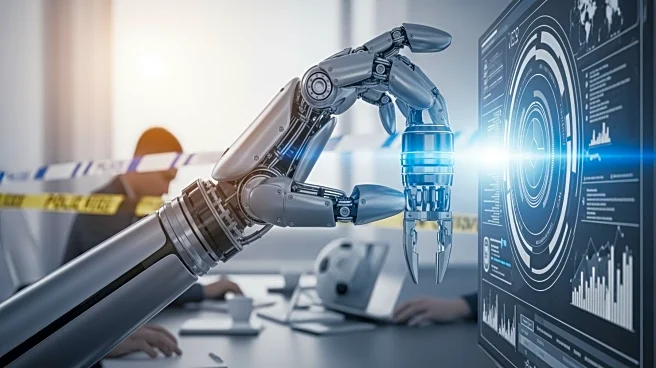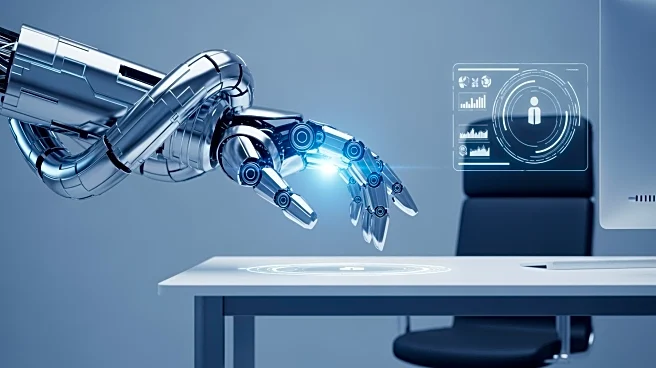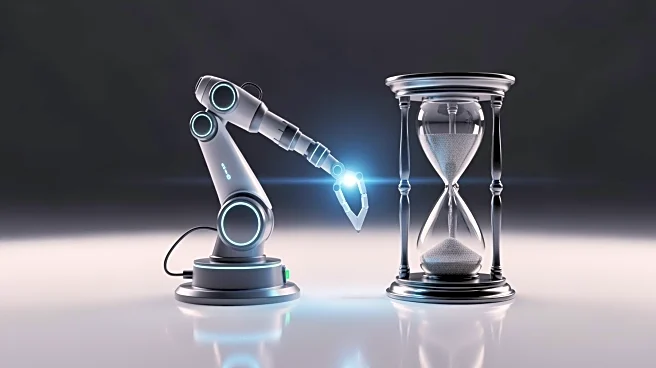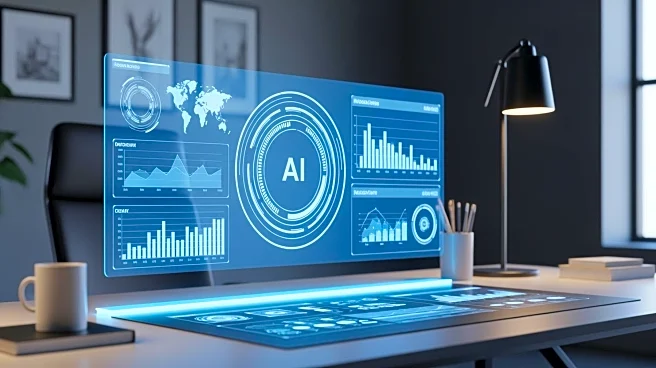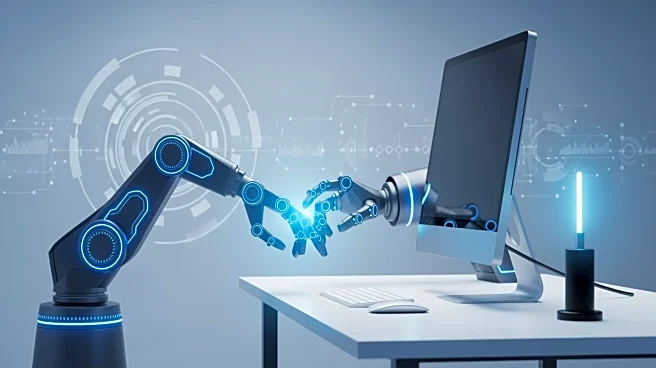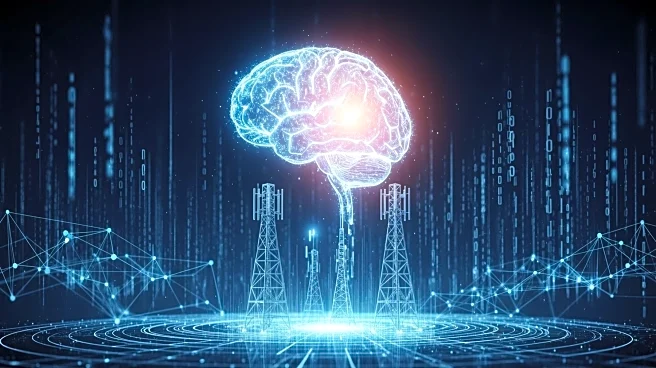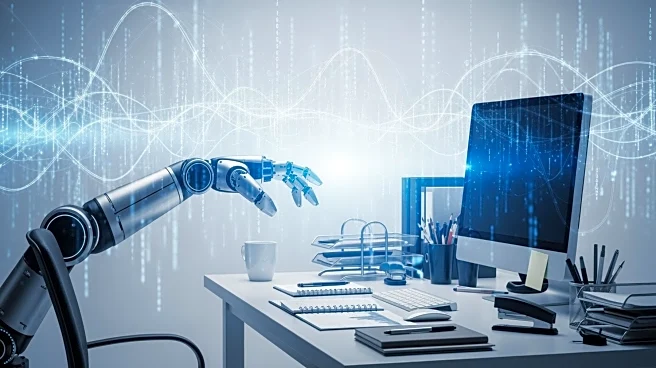What's Happening?
Agentic AI is redefining team structures by acting as a force multiplier rather than a replacement for human workers. Companies are increasingly integrating AI to augment their existing workforce, enhancing
productivity and efficiency. This approach contrasts with the extremes of full automation or dismissing AI as a fad. The focus is on using AI to handle repetitive tasks, allowing human workers to concentrate on strategic and creative roles. This shift is changing the role of managers from high-level overseers to expert operators who directly engage with AI tools.
Why It's Important?
The integration of AI as an augmentative tool has significant implications for workforce management and productivity. It suggests a shift in how businesses approach technology, emphasizing collaboration between humans and AI. This could lead to increased efficiency and innovation, as well as changes in managerial roles and responsibilities. Companies that successfully integrate AI in this manner may gain a competitive edge, while those that do not adapt may fall behind.
What's Next?
Businesses are likely to continue exploring ways to integrate AI into their operations, focusing on training managers and employees to work effectively with these tools. There may be increased investment in AI systems that are designed to complement human skills. The trend could also lead to new job roles and career paths centered around AI-human collaboration.
Beyond the Headlines
The shift towards AI augmentation could have broader societal implications, including changes in education and workforce training. It may also raise ethical considerations about the balance between human and machine roles in the workplace.
